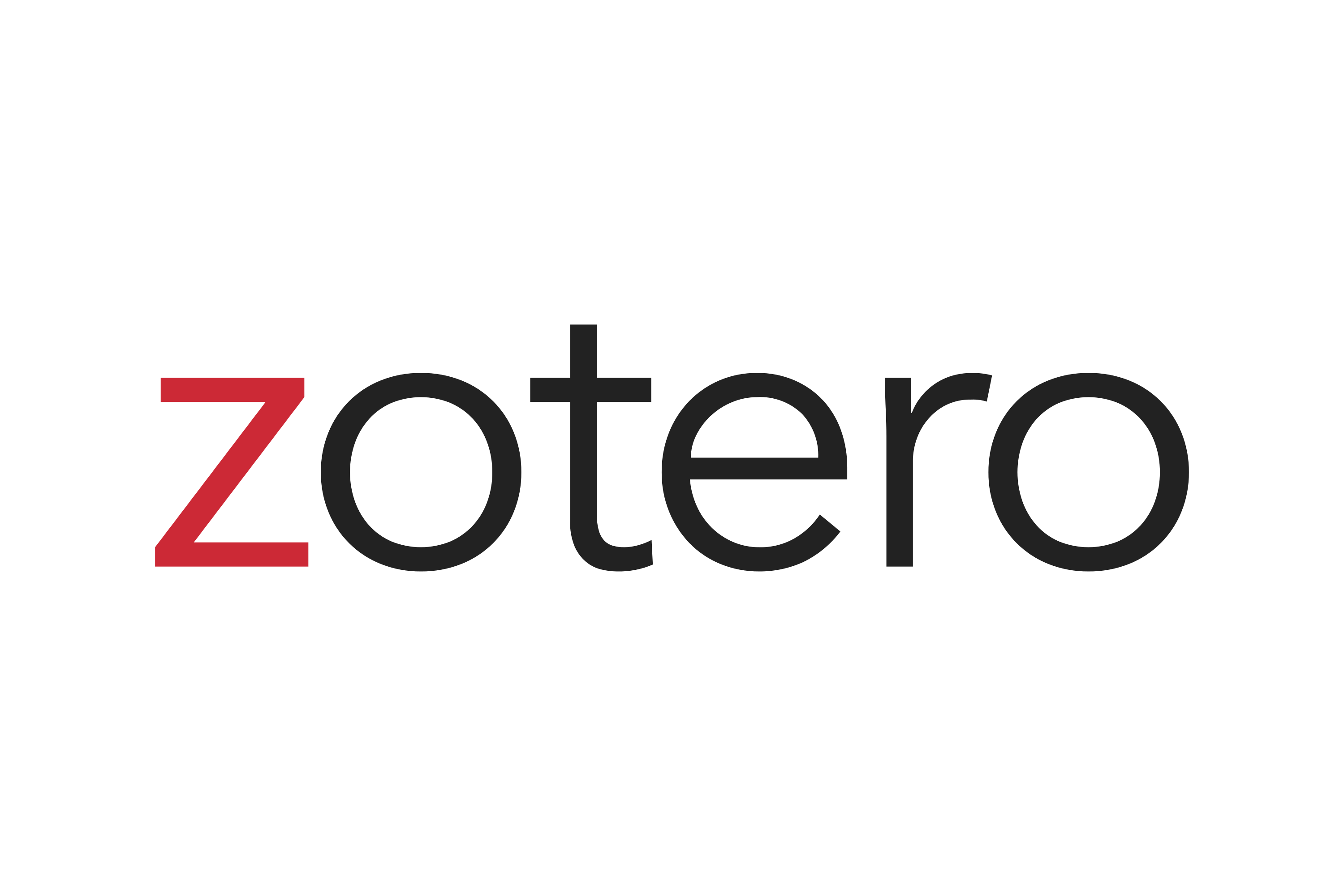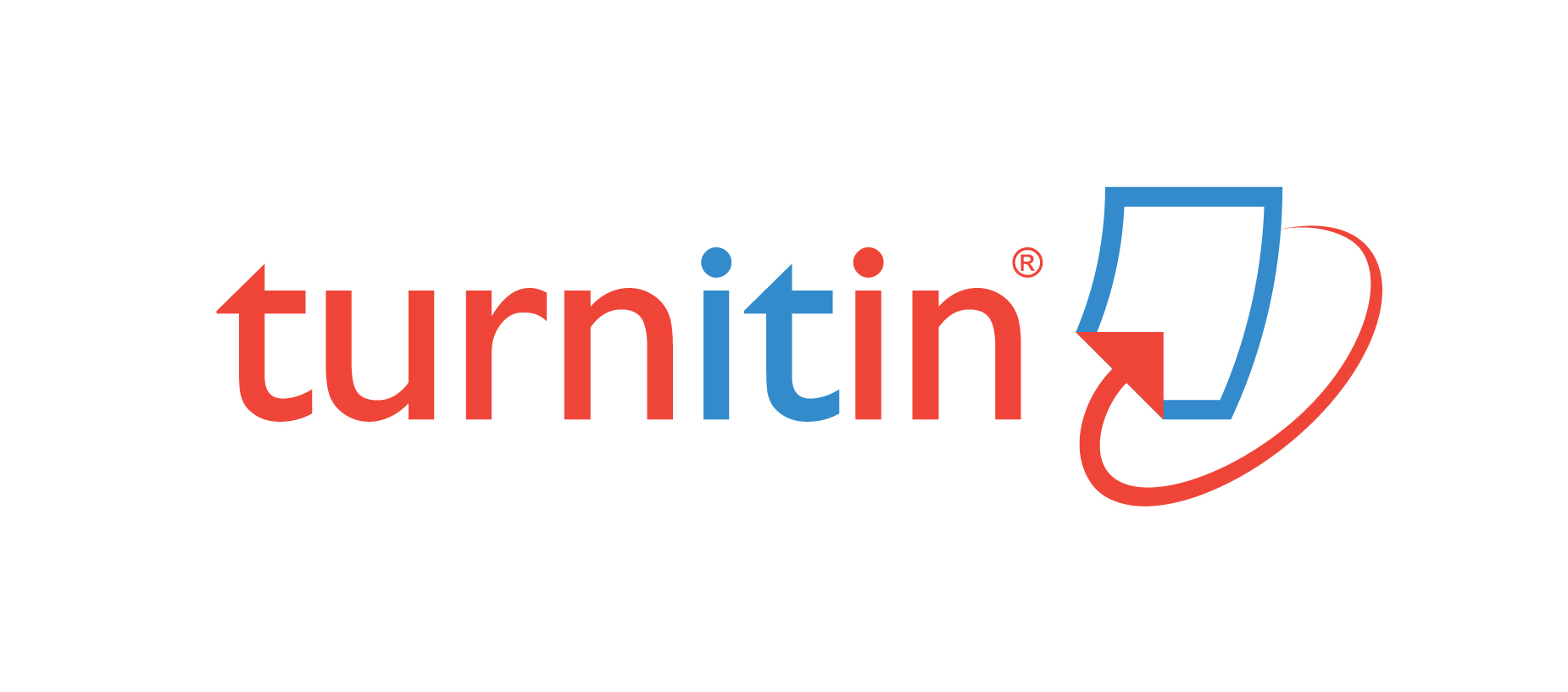Konstruksi Al-Qirā’at Al-‘Āsyr Terhadap Penafsiran Ayat-Ayat Hukum Menurut Al-Jashash dan Ilkiya Al-Harashi
DOI:
https://doi.org/10.32678/alfath.v14i2.3664Keywords:
al-Qirāt al-‘Asyr;, , Ayat-Ayat Hukum;, Jashash Dan Al-Kiya Al-HarashiAbstract
al-qira’at ialah cara membaca ayat al Qur’an yang berupa wahyu Allah, dipilih oleh salah satu imam ahli al-qira’at berbeda dengan ulama lain, berdasarkan riwayat mutawatir sanadnya dan selaras dengan kaidah-kaidah bahasa arab serta cocok dengan bacaan terhadap tulisan al-Qur’an yang terdapat dalam salah satu mushaf ‘ustmani. Dalam membentengi keabsahan al-Qur’an dan bacaannya (qira’at), para ulama memiliki standar dan syarat-syarat yang berbeda satu sama lainnya dalam menetapkan bacaan yang dapat diterima (shahih) ataupun bacaan yang ditolak. Hal ini dilakukan karena dalam perjalanannya, al-qira’at telah mengalami perusakan dan pemalsuan. Ibn Al-Jazari (w. 833 H) memberikan syarat yaituالسند صحة al-qira’at tersebut harus memiliki ketersambungan sanad yang ṣahih; العربية مطلقا موافقة al-qira’at tersebut harus sesuai dengan kaidah bahasa Arab secara mutlak; dan تقدير ولو مطابقة الرسم al-qira’at tersebut sesuai dengan rasm al - mushaf meskipun tidak harus sama.
Downloads
Downloads
Published
How to Cite
Issue
Section
License
Copyright Notice

Al-Fath: http://jurnal.uinbanten.ac.id/ is licensed under a Creative Commons Attribution-ShareAlike 4.0 International License
An author who publishes in Al-Fath agrees to the following terms:
- Author retains the copyright and grants the journal the right of first publication of the work simultaneously licensed under the Creative Commons Attribution-ShareAlike 4.0 License that allows others to share the work with an acknowledgment of the work's authorship and initial publication in this journal
- Author is able to enter into separate, additional contractual arrangements for the non-exclusive distribution of the journal's published version of the work (e.g., post it to an institutional repository or publish it in a book) with the acknowledgment of its initial publication in this journal.
- Author is permitted and encouraged to post his/her work online (e.g., in institutional repositories or on their website) prior to and during the submission process, as it can lead to productive exchanges, as well as earlier and greater citation of the published work (See The Effect of Open Access).
Privacy Statement
The names and email addresses entered in this journal site will be used exclusively for the stated purposes of this journal and will not be made available for any other purpose or to any other party.










